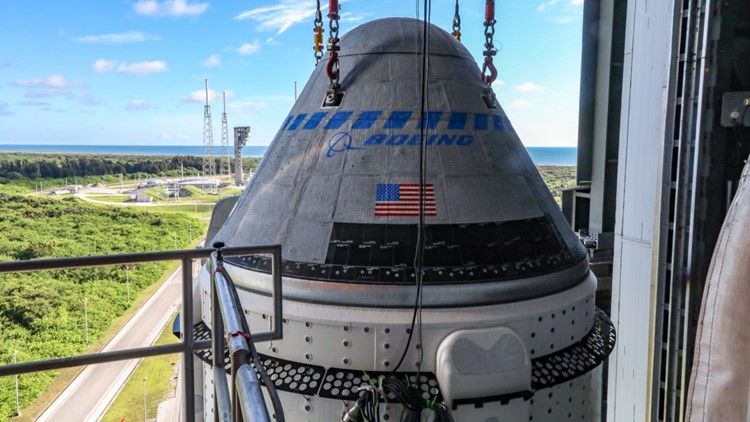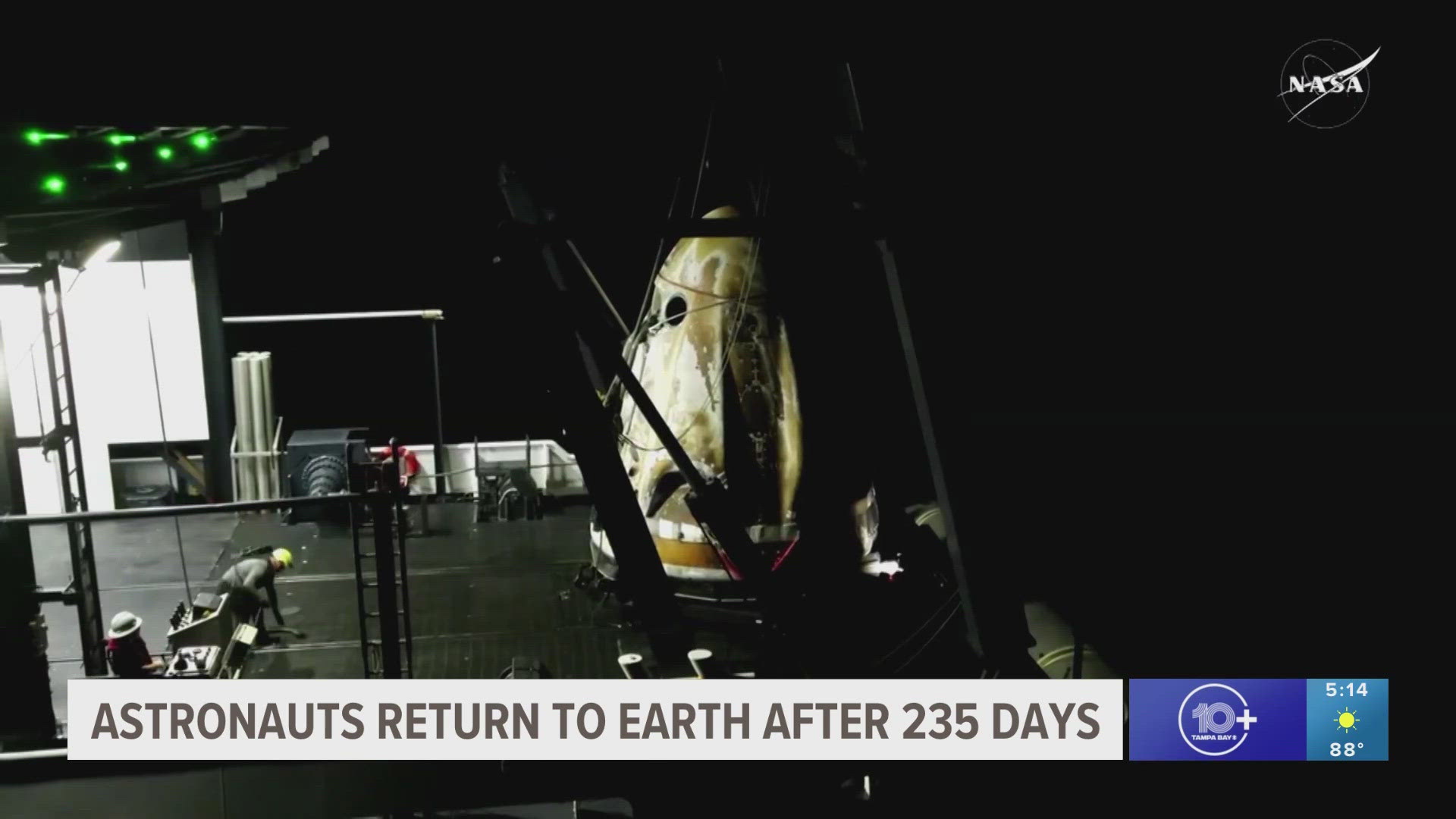CAPE CANAVERAL, Fla. — Boeing will be indefinitely standing down from the second uncrewed flight of its CST-100 Starliner to the ISS as technical woes continue to keep the spacecraft from launch.
"We've determined #Starliner will return to our factory for deeper-level troubleshooting of four propulsion system valves. With @NASA, we've decided to stand down for this launch window to make way for other national priority missions," the company tweeted Friday.
The spacecraft will now be destacked from United Launch Alliances Atlas V rocket and moved to the Commercial Crew and Cargo Processing facility for "deeper-level troubleshooting" of the propulsion system valves that remain closed.
Issues first began when Boeing had to scrub its Aug. 3 launch attempt when Starliner began to unexpectedly show "closed" valve position indications on its propulsion system.
From there, engineers and tech teams have been using transmitted commands, physical inspections, thermal methods and chemical sampling to force 13 oxidizer valves open. As of Aug. 12, the company says it has successfully returned functionality to nine valves.
Moving the spacecraft for further evaluation gives Boeing, NASA and Aerojet Rocketdyne more time to successfully fix Starliner's issues, but it also means a new launch can't be reached until all issues are resolved.
“Mission success in human spaceflight depends on thousands of factors coming together at the right time,” said John Vollmer, vice president and program manager, Boeing’s Commercial Crew Program. “We’ll continue to work the issue from the Starliner factory and have decided to stand down for this launch window to make way for other national priority missions.”
Officials from NASA and Boeing Space are set to discuss remaining spacecraft issues and the future of Starliner's second uncrewed flight at 1 p.m.
The current issue Boeing is battling is not the company's first when it comes to Starliner and its launches.
Most recently, the spacecraft had to stand down from its first 2021 launch attempt on July 30 when Russia's new Multipurpose Laboratory Module moved the International Space Station out of orientation the day prior.
But we'll need to go back to 2019 to understand the beginning of Boeing's roadblocks when it comes to getting Starliner to the orbiting laboratory.
The company's first uncrewed test flight made headlines after the capsule hit a snag in orbit and was unable to rendezvous with the ISS. According to Boeing, the capsule's insertion into orbit wasn't normal after an onboard thruster firing failed to occur.
The Associated Press reported NASA's seven-month-long investigation into the incident revealed 80 corrections had to be made to Starliner's software and testing.



